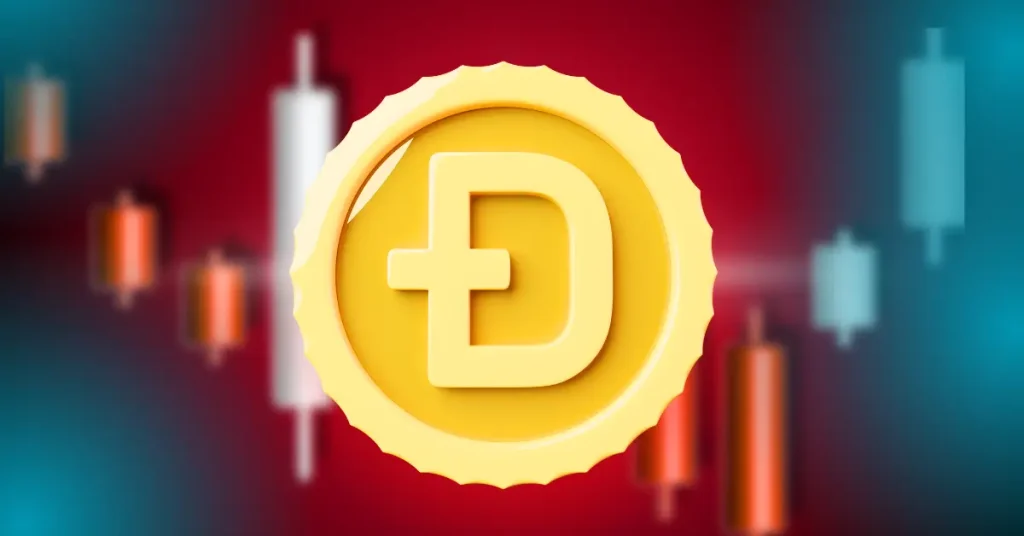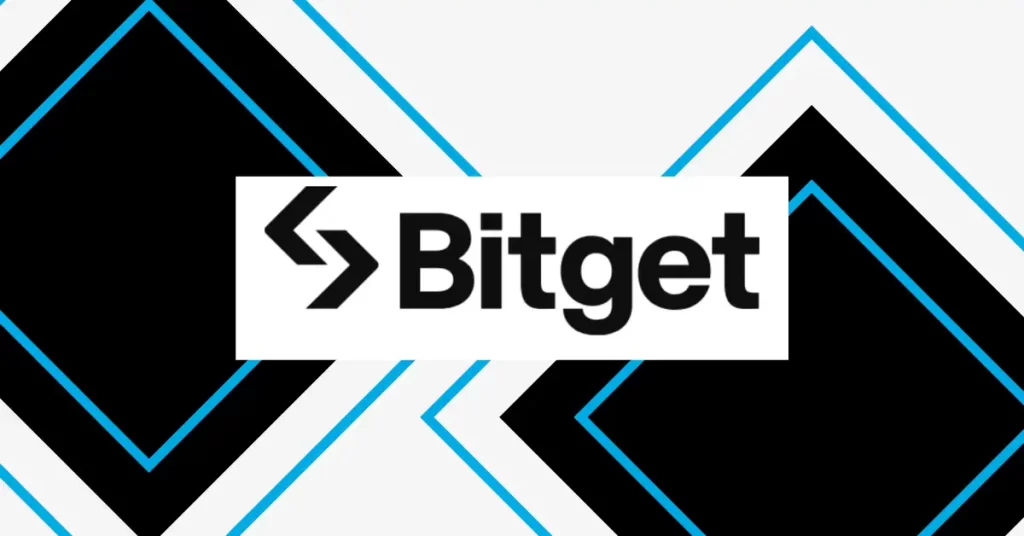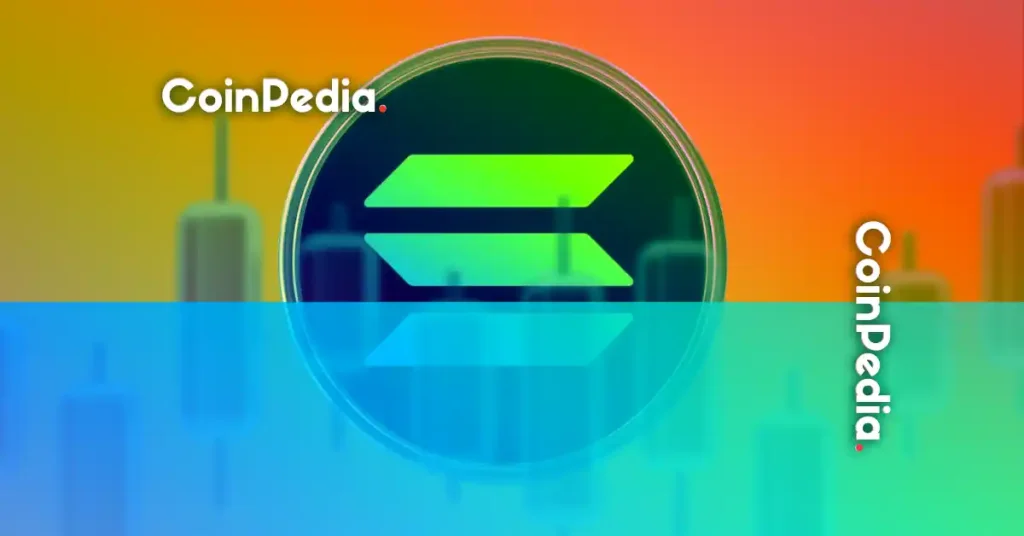What is Staking in Crypto – Beginner’s Guide for Staking and Proof of Stake Protocol
- What is Staking?
- What is Proof of Work (PoW)?
- What is Proof of Stake (PoS)?
- Where can you stake your tokens?
When it comes to earning passive income with your crypto assets, there are few lucrative options to let you extract that juicy returns with your investments. Some of the most popular options are Staking and Liquidity Mining (or Yield Farming).
Today, we will be discussing staking and how it allows you to earn passive staking income.
Before staking, we should first understand the primary mechanism that leads us to stake in all these years: mining and proof of work consensus mechanism.
Mining and Proof of Work

Bitcoin introduced us to a decentralized system of doing and recording transactions. Because the system was decentralized, there was no central authority such as a bank to record the transactions in a ledger. So, Bitcoin created a unique method of recording these transactions.
Bitcoin created a ledger distributed worldwide, which is kept with several computer nodes known as Miners. Therefore, this technology came to be known as Distributed Ledger Technology or Blockchain.
Proof of Work is the protocol through which a transaction gets recorded on the ledger (or blockchain). Whenever there is a transaction on the network, some miners will be chosen randomly to solve an equation. The miner who solves this problem will first record the transaction on the ledger and be rewarded in Bitcoin. This process is known as mining as it leads to mining new Bitcoins (BTC) on the network. Further, this process needs highly efficient computer nodes to solve this equation.
The system developed by Satoshi Nakamoto was decentralized, unique, and secure. However, the process has some limitations:
- Mining is a resource incentive as it needs a computer for the consensus mechanism.
- Mining uses a considerable amount of electricity, and thus it is not eco-friendly.
- Suppose miners collude with each other and control 51% of the computing power. They ultimately can control the whole network and can exploit it. This is known as a 51% attack.
Due to these disadvantages, other consensus mechanisms are developed through these years. The most popular one among these is Proof of Stake (PoS).
- See: What is Proof-Of-Work & Proof-Of-Stake
Proof of Stake

The proof of stake (PoS) consensus mechanism brought some changes to the protocol. The term Mining is replaced with Validation, and a Miner is replaced with a Validator. In PoS format, the no. of block transactions that a person can validate is dependent on how many tokens are staked by him on the platform. As a simple example, a validator holding 5% of total tokens staked can validate approximately 5% of the entire new blocks forged on the network.
Thus, the system moves from being extensive on computing power to the power of money itself. Now you don’t need supercomputers (specialized mining rigs) to mine a token; you can simply validate it on a normal computer node. It saves a substantial amount of electricity and other resources. Although 51% attack is still possible on a PoS blockchain, it would rarely be a financially viable option for a hacker. And finally, the process of being a validator is less technical than being a miner. The more the number of tokens staked would make a network more decentralized and more secure.

There is another concept of Delegated Proof of Stake (DPoS), where a token holder can deposit his tokens to a delegator and delegates his voting right to him. In place of individual token holders, the Delegator becomes the Validator on the network. This allows a network to run with a lower number of validating nodes, thus enhancing network performance. On the contrary, it also restricts the level of decentralization of the network as a limited number of validators controls the whole network. Ultimately these validating nodes control the operations and governance of the network.
At last, we can discuss the juicy part of the whole process, i.e., staking.
What is Staking?

Staking is the process where a token holder locks his token in a particular wallet that gives him access to participate on a Proof of Stake network.
Validators are responsible for forging blocks and approving transactions on the network. In return for this, validators are rewarded with a network fee, which they share with the stakers, known as staking rewards.
Thus, staking becomes a hot venture for earning passive income for crypto HODLers.
Now, let us understand few examples of blockchains that run on the Proof of Stake consensus mechanism.
1. Ethereum 2.0

Ethereum 2.0 is a smart-contract-based Proof of Stake (PoS) blockchain developed by Vitalik Buterin that enables a token holder to participate as a network node by staking their ETH tokens.
Following are the conditions to become a validator on the Ethereum Proof of Stake (PoS) network:
- 32 ETH needs to be deposited on the active validator software,
- Any computer system with a high-quality CPU that can support the network’s mainnet client software,
- The potential node operator should have operational knowledge of setup, run and maintain the network,
- Approval from the network to operate as a Validator. Currently, there is a long waiting list.
In case a person does not have 32 ETH to be staked, he or she can pool his or her funds through custodial staking providers or a staking pool. We will discuss this below in detail.
As a staker, in addition to staking rewards, you must be aware of the risk you may face. For example, ETH can be slashed in the event of misbehavior by their validator. You can read more about Ethereum staking here.
2. Cardano

Cardano is another Proof of Stake (PoS) based blockchain established by IOHK (Input Output Hong Kong) headed by Charles Hoskinson. Charles was also Co-founder of the Ethereum network.
Following are the conditions to become a stake pool operator on the Cardano Proof of Stake network:
- Operational knowledge to set up, run and maintain the node,
- Commitment to maintaining the node all time (24/7/365),
- Skills related to server administration, development, and operation.
You can read more about the Cardano staking pool here.
3. Polkadot

The Polkadot network was founded by the co-founder and CTO of Ethereum Gavin Wood in 2016. The Polkadot network also works on the PoS consensus mechanism.
The difference with the Polkadot network is that it essentially pays equal rewards to validators regardless of their stake. This helps avoid centralization amongst the validators as the proportional rewards for stakers on a big pool would reduce substantially compared to a smaller pool. Thus, keeping the number of staked tokens distributed evenly amongst the validators.
Following are the conditions to become a validator on the Polkadot network:
- Significant system administration experience,
- The minimum number of DOT to be staked on the platform is dynamic and be understood from here,
- Standard hardware and software requirements are mentioned here.
4. Solana

Solana is a smart-contract-based Proof of Stake (PoS) blockchain. The founder Anatoly Yakovenko devised a new time-keeping technique called Proof of History (PoH) that enables automatic transaction orders on the network.
To become a validator on the Solana network, there is no prefixed minimum number of SOL tokens that need to be staked. Further, necessary hardware and software requirements for a validator have been mentioned here.
You can read more about Solana staking here.
Some other famous examples of PoS blockchain networks where you can stake your tokens are as follows:
- Algorand
- Avalanche
- Cosmos
- Tezos
- Eos
- Terra
- Matic Network
- Tron
- Kusama
- Binance Smart Chain
Now let us understand the different methods by which you can stake your tokens and earn staking rewards on them.
Also see: 11 Most Profitable Proof Of Stake (POS) Cryptocurrencies
How can Staking be done?
Following are several ways in which you may stake your tokens:
1. Self-run validator nodes
Not all but some blockchain network allows anyone to become a validator on the network, such as Ethereum. If you have the technical skills of a potential validator and funds for hardware and staking, being a validator node can allow you to earn staking rewards. Moreover, as a node operator, you would have complete custody of your funds.
Further, non-validator stakers would be able to deposit funds with you on which you will be able to earn the validator’s fee.
Also, there few preconfigured validator nodes hardware which can save you from the hassles of initial setup to get your node up and running.
Except for a self-run validator node, all other options are a third-party validator service where you can stake your tokens to a validator and earn a staking reward in return. The validator would fulfill all the requirements of a valid node.
2. Validator as service (Third-party validator service)
Some companies work as full-time validators on various PoS networks. They have the required infrastructure and personnel to do this job. The user would provide the funds needed for a valid note, and the company would run and maintain the node as a validator. The service provider simply charges a fee for its services. Please note that in most cases, custody of the funds remains with the token holder only. However, the authenticity and reliability of the vendor need to be ensured before hiring them for this service.
Examples of some leading validator service providers are as follows:
- Staked
- Stake2earn
- Attestant
- Blox Staking
- Bison Trails
- Blockdemon
- Easynodes
Note: Kindly validate the authenticity and reliability before using any of the above-listed validator services.
3. Exchange Staking
Exchange is the most popular and easy source of staking for retail investors who may or may not have the minimum amount of tokens or technical expertise required to be validators.
As centralized exchanges are already the biggest custodian of crypto assets in the market, they can provide much-needed liquidity for the funds being staked and the respective staking rewards.
Example of some popular exchanges that provide staking services are as follows:
- Binance
- Coinbase
- MXC
- Kraken
- AscenDEX
The benefit of exchange staking is that it is straightforward to understand for a retail customer, and many exchanges also provide flexible staking options without any lock-in period. Thus, providing liquidity to the staker at all times.
The problem with exchange staking is that the exchange fee is at times intransparent. Further, custody of tokens remains with the exchange at all times.
4. Staking Pools
Staking pools are giant pools of tokens that run as a validator on a network. Anyone can stake their tokens with the stake pool operator and can earn a portion of staking rewards on it. In return stake pool operator charges a fee.
Provided stake pool operator is authentic and reliable; it is an excellent method of staking your tokens as stake pools have a very sophisticated hardware and software infrastructure to run as a validator node. Further, due to the large size of the token being staked by the staking pools, the probability of the pool forging a new block is more than a self-run validator node. Thus, stake pools maximize the possible staking rewards.
Further, most staking pools issue a derivative token like a receipt of tokens being staked in the pool. These derivative tokens can be sold or lent in the market. Thus, providing liquidity on the funds being staked.
Some examples of popular Ethereum staking pools are as follows:
- Stakewise pool
- Stkr
- Rocket Pool
- Lido Finance
- Stakehound
- StakeDAO
5. Cold Wallet Staking
Almost all the staking options are hot wallet staking, i.e., staked funds are kept in a wallet connected to the network at all times. This exposes a wallet to the risk of being prone to attacks. On the other hand, if a wallet stores tokens offline, it is known as a cold wallet, and the process of staking through these wallets is known as Cold Staking

Cold staking can be effectively done through hardware wallets, but it is also possible through some software wallets. Cold staking is the safest possible way to earn passive income on your tokens while keeping them supersafe.
Some popular wallets for cold staking are as follows:
| Hardware wallets | Software Wallets |
| Ledger Wallet Trezor Wallet CoolWallet S | Atomic Wallet Exodus Trust Wallet |
Many other centralized and decentralized Hot Wallets allow you to stake your tokens, such as Trust Wallet and Electrum. The only limitation to these wallets is that they are connected to the network at all times.
6. DeFi Staking
DeFi protocols are Decentralised Finance Protocols developed on Proof of Stake (PoS) blockchain networks. These are also known as DApps (Decentralized Applications). The essence of a DApp is its decentralized governance system managed by the community through its governance token.
To take part in the governance of a DApp, a user needs to hold the respective governance token and stake the same on the platform. In return for this, the user would get staking rewards. However, staking may or may not be required for governance, depending on the rules of community governance of the platform.
Some examples of DApps and their respective governance tokens are as follows:
| Decentralized Application (DApp) | Governance Token |
| Compound | COMP |
| MakerDao | MKR |
| Yearn.Finance | YFI |
| Curve | CRV |
| Venus | XVS |
5 Major Benefits of Staking
The benefits of staking can be as follows:
- Staking provides more security to a Proof of Stake (PoS) network,
- For stakers, staking is a very lucrative method to earn passive income on their idle funds,
- In comparison with mining, the process of staking is less resource-intensive and easy,
- Cold wallets make the process of staking super safe and reliable,
- Some staking pools provide derivative tokens against the staked tokens that give liquidity to a staker.
However, there are many risks and limitations that one might consider before staking his or her tokens.
7 Biggest Limitations of Staking
Following are the possible limitations of staking:
- A staker may lose his funds through “slashing” if a validator misbehaves or breaks any protocol. Slashing conditions are mentioned in the Terms and conditions of staking of the respective network,
- In case of custodial staking, i.e., where the token holder does not have custody of his funds, if the exchange or wallet is hacked, it may lead to loss of funds for the token holders,
- Staking pools create a concentration of tokens and network authority in big pools. Therefore, these big pools pose a risk of exploitation to the network itself,
- Staking services have converted centralized exchanges into investment banks where they control the significant assets of the whole industry. Thus, leading to the formation of new central authorities,
- If a staker is not a validator himself, his return on staking is reduced with the validator’s fee. Further, staking pools also charge their respective fee from the staking rewards,
- Staking locks your assets for a certain period in most cases. Therefore, in case of an adverse price movement, a person would not stop the loss of the asset value,
- Staking micro cap tokens with low liquidity in the market makes it challenging to sell the staking returns.
Things to check before staking your funds
Following are the factors that a person should consider before:
- How reliable the exchange, staking pool, or wallet is?
- Whether validator is authentic, reliable, and experienced?
- Is there a lock-in period on the staked funds? If yes, what is the lock-in period?
- What is the fee charged by the validator or staking pool?
- Who has custody of staked funds?
- What is the liquidity position of the token being staked?
Conclusion: Staking Guide for Beginners
I understand that staking is a boon to the crypto HODLers as it allows you to earn rewards on your assets in addition to an increase in the value of your assets. Staking also helps in reducing the circulating supply of a token in the market, making the token scarcer and more valuable in the markets.
In addition to the above, the more the tokens are staked on a network, the more it will be decentralized, secure, and reliable.
If the necessary checks suggested above before staking a token have been made, I don’t see why one should not stake his or her tokens.
Please note that I am not a financial advisor, and this is not financial advice. DYOR before investing.
I hope this article would level up your crypto game as you have one more possible stream of passive income. Let me know the topics that you would like me to cover in my articles.
Let me know your feedback in the comments section and share this article with your friends and colleagues. Subscribe to our newsletter for more such articles.
News appeared first on: Coinsutra.comMost Read News
-
 Top 5 RWA Tokens To Buy in Q4 2025
Top 5 RWA Tokens To Buy in Q4 2025
2025-09-23











